Reptiles, with their unique needs and fascinating behaviors, have become increasingly popular as pets.
However, caring for these cold-blooded creatures goes beyond mere fascination; it requires a deep understanding and commitment to their specific environmental needs.
Unlike more conventional pets, reptiles rely heavily on their surroundings to maintain their health and well-being.
We will delve into the essential products that every reptile pet owner should have to create a thriving habitat for their scaly companions.
From habitats to heating, each element plays a critical role in ensuring the health and happiness of these distinctive pets.
1 - Thermostats
Reptile thermostats are not just accessories; they are critical components in the care and maintenance of a healthy reptile environment.
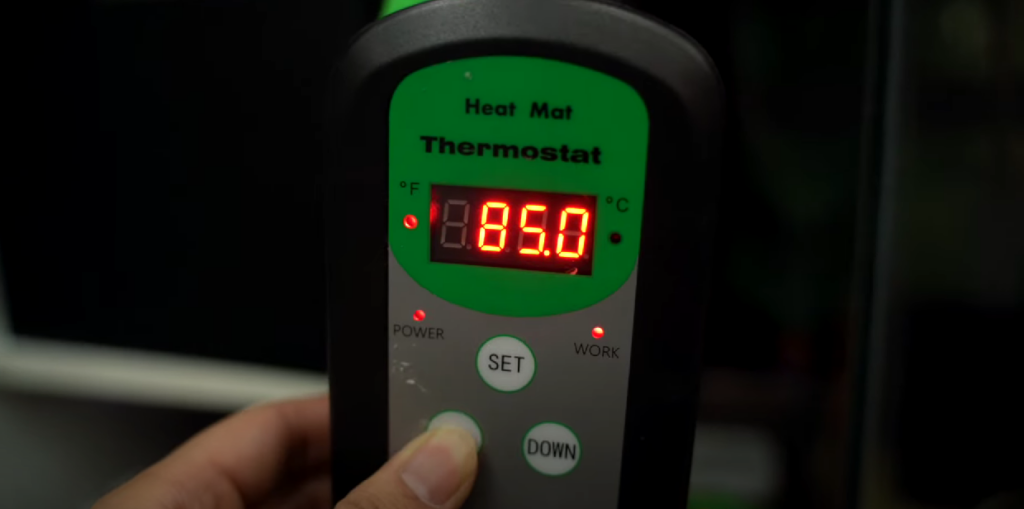
These devices, designed to regulate temperature, humidity, and other environmental factors, are crucial for the well-being of cold-blooded animals like reptiles, amphibians, and invertebrates.
They offer a way to create a stable and comfortable environment that mimics the reptile’s natural habitat, which is essential for their health.
Understanding the Importance of Stable Conditions
Reptiles are highly sensitive to their environment, especially to temperature fluctuations.
Changes in temperature can lead to stress, metabolic disorders, and weakened immune systems in reptiles.
A thermostat helps to maintain a consistent temperature in the enclosure, which is vital for the reptile’s health and vitality. It does this by monitoring and adjusting heating devices such as heat mats, cables, and basking bulbs to maintain the desired temperature range.
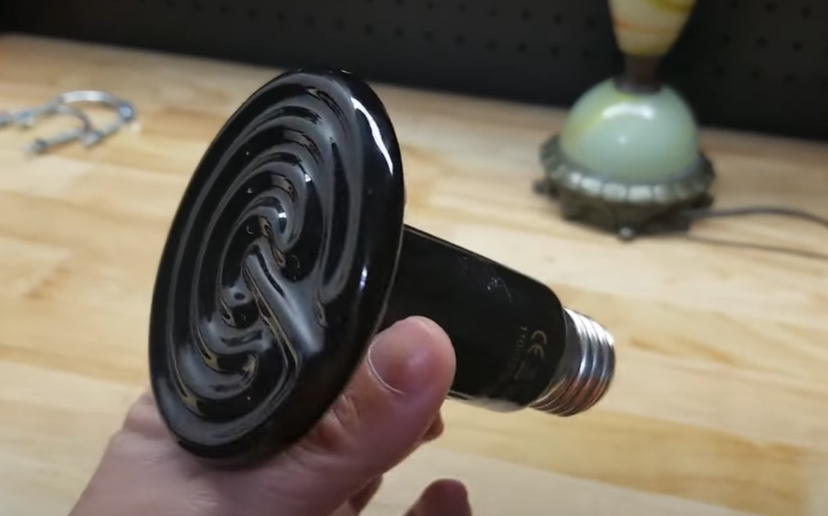
Choosing the Right Thermostat
Selecting the right thermostat involves considering various factors like the type of heating used in the enclosure (heat mats, cables, ceramic heaters, or basking bulbs), the specific needs of the reptile species, and the thermostat’s compatibility with these heating devices.
Placement of the thermostat is also crucial for accurate temperature readings and effective heating control.
Common Mistakes and Maintenance
Even with digital thermostats offering precise control, common mistakes can occur, such as incorrect temperature settings or failure to calibrate the thermostat accurately.
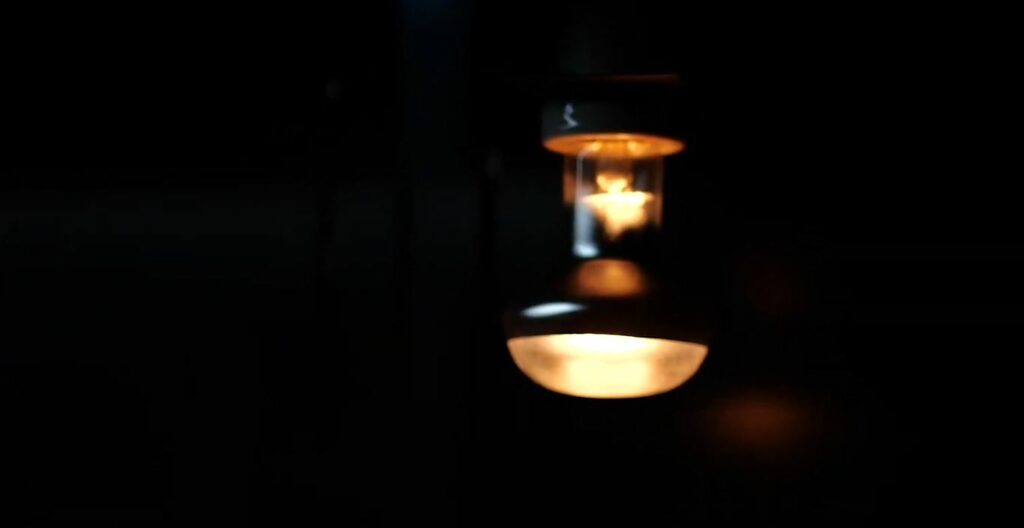
Regular monitoring, maintenance, and using a separate thermometer to cross-check the thermostat’s readings are essential steps to avoid these issues.
This ensures the functionality and reliability of the thermostat, keeping the reptile safe and comfortable.
2 - Habitat
A well-designed habitat is paramount for the health and happiness of reptile pets.
The enclosure should cater to their specific needs, taking into account factors like temperature, size, and texture.
For instance, the size of the habitat must be ample enough to allow free movement and growth, whereas the choice of material (glass, plastic, or wood) depends on the reptile’s natural environment needs, like humidity requirements.
Substrate: More Than Just Aesthetic
The substrate or bedding is not just a visual element but plays a crucial role in a reptile’s health. Different species need different substrates to mimic their natural habitats.
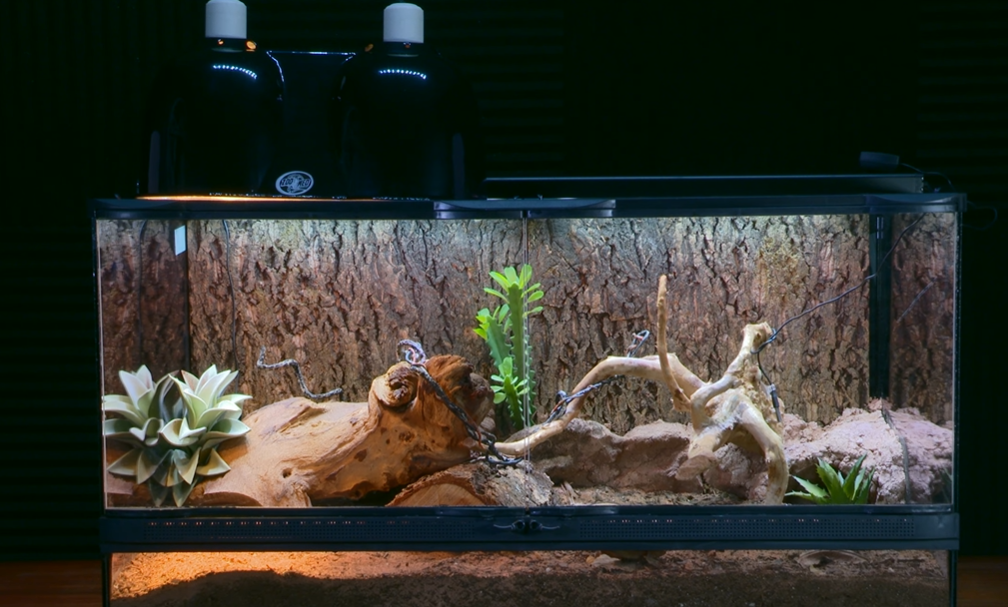
Options like aspen bedding for dry environments, coconut coir for tropical reptiles, and sand for desert dwellers are available.
Even simple choices like paper towels can be useful, especially in quarantine situations.
Lighting: A Vital Source of Vitamins
Reptiles, unable to venture outdoors, require artificial lighting for essential vitamins.
UVB lighting is crucial for some reptiles to synthesize vitamin E and absorb calcium, preventing bone-related diseases.
Full-spectrum UVB lights mimic natural sunlight and are vital for reptiles that are natural baskers. Light timers help maintain a routine similar to a natural day-night cycle.
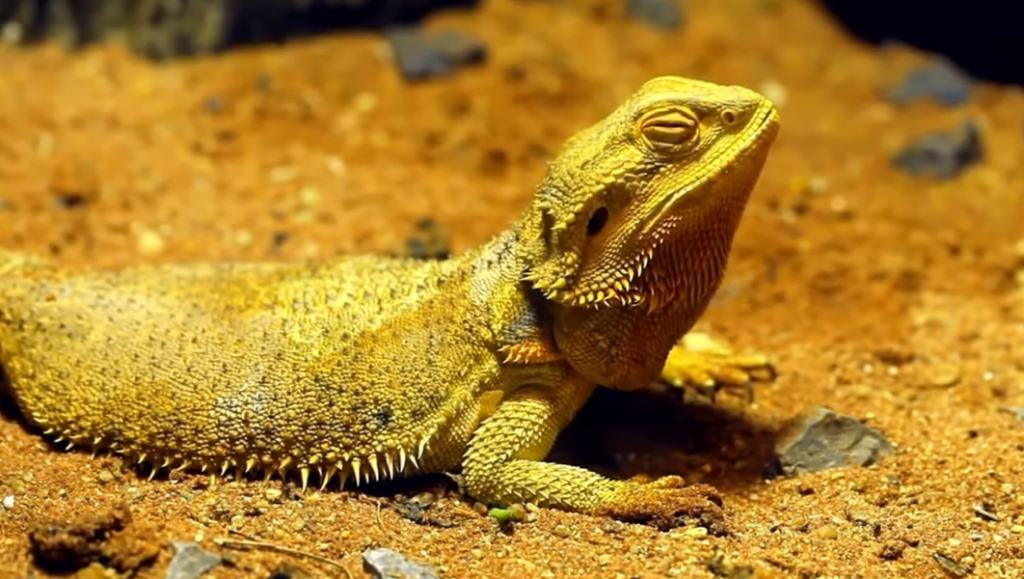
Maintaining Humidity and Hydration
Proper hydration and humidity are essential for reptiles’ health. Tools like misting systems, hygrometers, and water dishes play a crucial role.
Misting systems provide necessary humidity, hygrometers monitor humidity levels, and water dishes ensure fresh water is always available.
Furnishing: Replicating the Wild
A well-furnished enclosure with natural decor like rocks, branches, and plants offers physical and psychological enrichment. It’s important to create an environment that simulates their natural habitat.
Adding hiding spots is crucial for reptiles’ sense of security and stress reduction, while plants improve air quality and maintain humidity levels.
3 - Food And Water
The diet of a reptile is a cornerstone of its health and well-being.
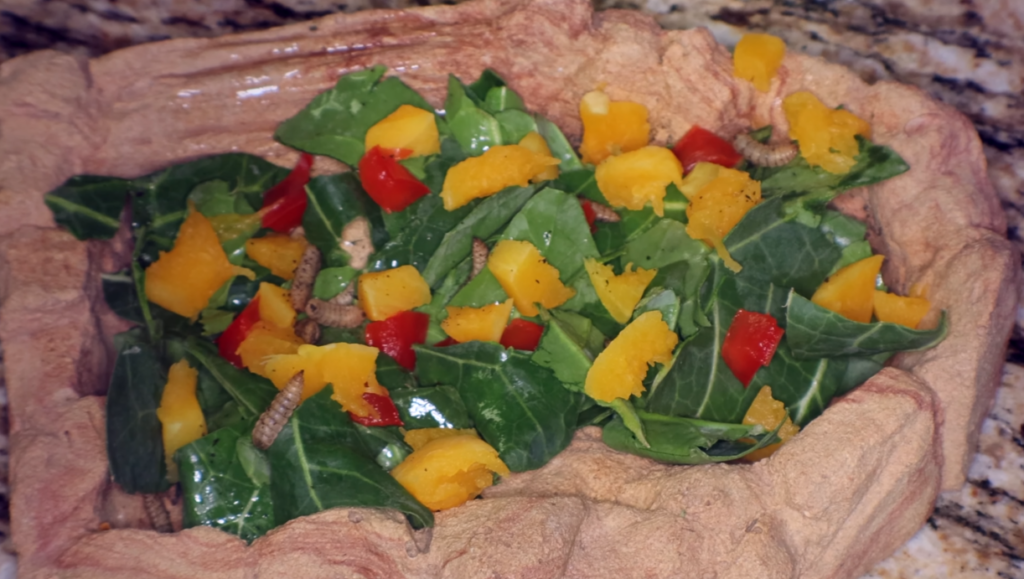
A proper diet, rich in vitamins and nutrients, is essential for reptiles and amphibians to thrive.
The dietary requirements vary among species, with some being carnivorous, others omnivorous, and some herbivores.
A healthy diet for these pets should include a variety of proteins (both live and frozen/thawed options), vegetables, fruits, and a small amount of calcium powder for bone health.
- Types of Food: Variety and Nutrition
- Live Food: Live feeders, primarily insects, are common and important for many reptiles and amphibians. Larger species may also consume small rodents and fish.
- Frozen Food: Frozen rodents, such as mice and rats, are preferred by many owners to reduce the risks associated with live feedings. Mixing live and frozen food can provide a balanced diet.
- Vegetation: A diet rich in vegetation is crucial for many species. Vegetables like collard greens, kale, dandelion greens, turnip greens, and mustard greens are important. The absence of proper vegetation can lead to health issues.
- Commercial Food: Commercially prepared reptile foods are convenient and provide necessary nutrients and vitamins. They are a good alternative for those who prefer not to handle live prey or prepare fresh vegetables.
4 - Environmental Control Systems
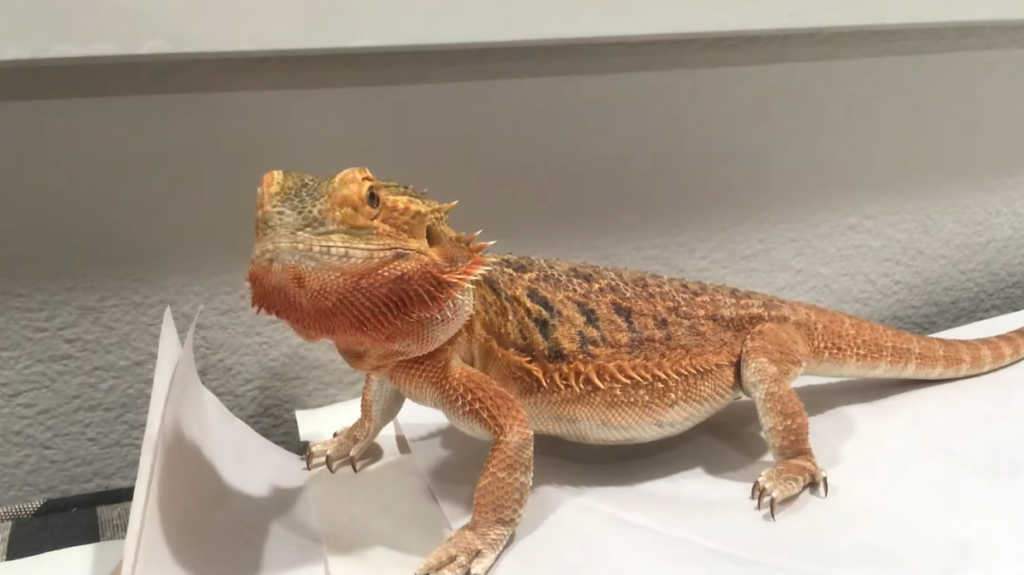
Creating a suitable environment for reptiles is crucial for their well-being.
This includes providing an appropriate enclosure with enough space, ventilation, and elements like branches, rocks, and hiding places.
Substrate options such as reptile sand, wood fiber, bark, or newspaper are vital for replicating the natural habitat and contributing to the reptile’s comfort.
Maintaining the correct temperature and humidity is also essential. Heat lamps, rock heaters, and thermometers are necessary to manage the temperature, while the size of the water dish in the enclosure can help adjust humidity levels.
Each reptile species has unique requirements for temperature and humidity, so it’s important to tailor these elements to your pet’s specific needs.
5 - UV Lighting
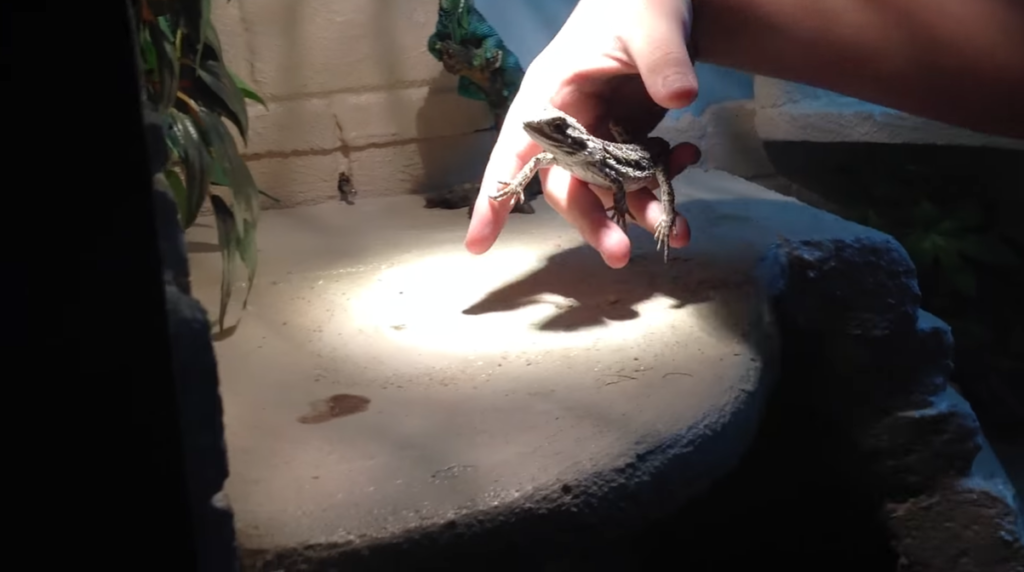
UV light exposure is essential for certain metabolic processes in reptiles.
Reptile-specific UV lighting is necessary to ensure they receive adequate exposure to UV rays, which are vital for their health, particularly for species that require sunlight.
The amount and type of UV lighting needed can vary depending on the species. Various lamps and bulbs are available to meet these requirements.
It’s important to choose the right kind of UV lighting to suit your reptile’s specific needs, ensuring they receive the right amount of exposure to maintain their health and well-being.
Final Remarks
Reptile care requires dedicated attention to their unique environmental, dietary, and physiological needs.
Products like thermostats, well-designed habitats, appropriate food and water, environmental control systems, and UV lighting are indispensable for creating a healthy and stimulating environment.
These elements work together to replicate the natural conditions reptiles need, ensuring their health and happiness.
By understanding and meeting these specific requirements, reptile owners can enjoy the rewarding experience of caring for these fascinating pets.
The key is to continually educate oneself about the best practices in reptile care, staying up-to-date with the latest products and advancements in the field.
